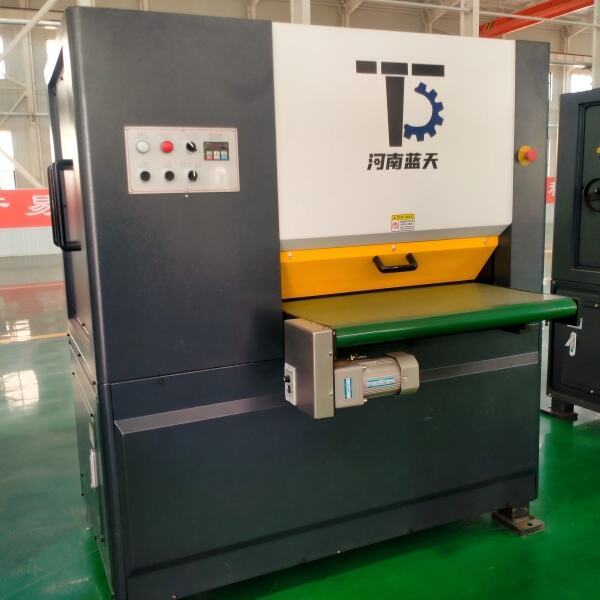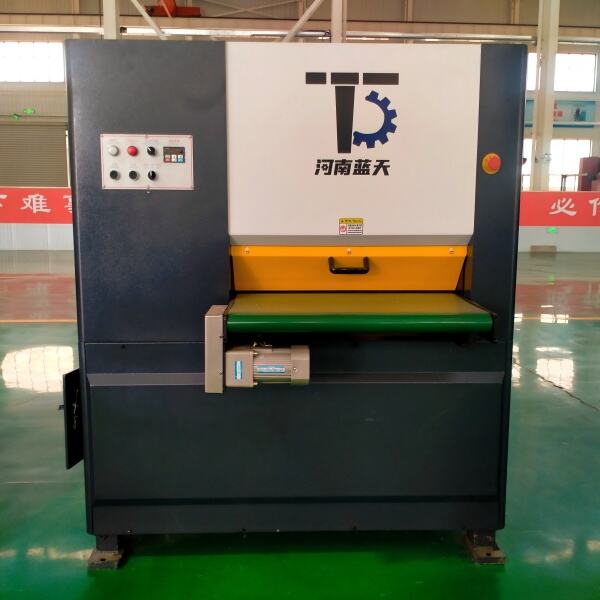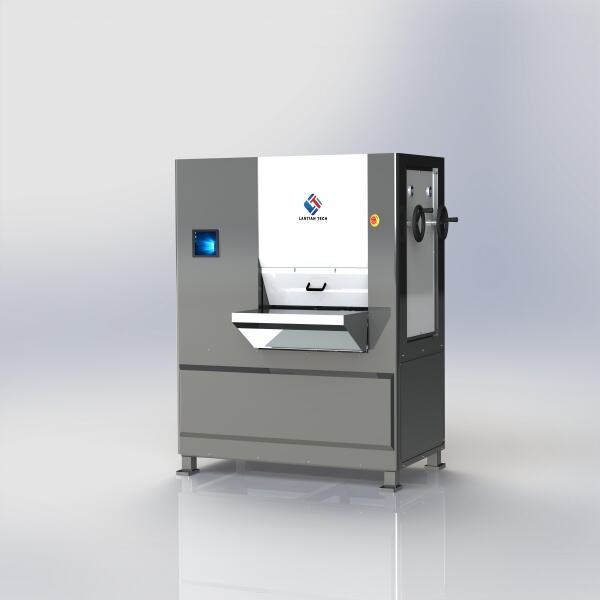manual straightening machine
A manual straightening machine is a precision engineering tool designed to correct and align various metal components with exceptional accuracy. This versatile equipment operates through a systematic combination of rollers and adjustable pressure mechanisms that work together to remove unwanted bends, curves, or distortions in metal materials. The machine's core functionality revolves around its ability to process different types of metals, including steel, aluminum, copper, and their alloys, through a carefully controlled straightening process. The straightening mechanism typically consists of multiple sets of hardened steel rollers, arranged in specific configurations to apply uniform pressure across the workpiece. These rollers can be adjusted both vertically and horizontally to accommodate materials of varying thicknesses and widths. The manual operation allows operators to maintain precise control over the straightening process, ensuring optimal results for each specific application. The machine's robust construction, typically featuring a heavy-duty steel frame, provides the stability necessary for accurate straightening operations. Most models incorporate measurement scales and adjustment indicators that enable operators to achieve consistent results across multiple pieces. The straightening process can be performed on materials ranging from thin sheets to thick plates, making it an invaluable tool for manufacturing facilities, metal fabrication shops, and maintenance operations.


